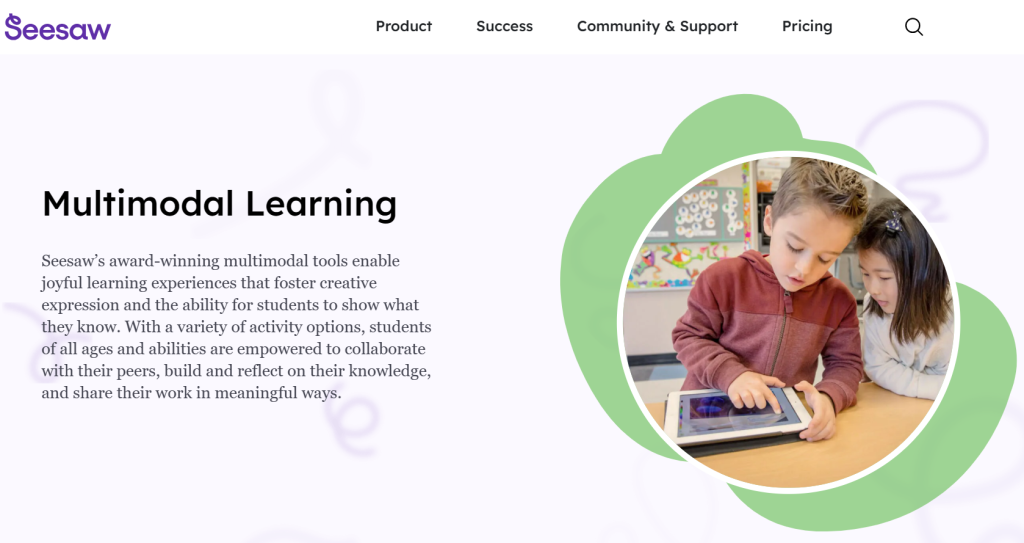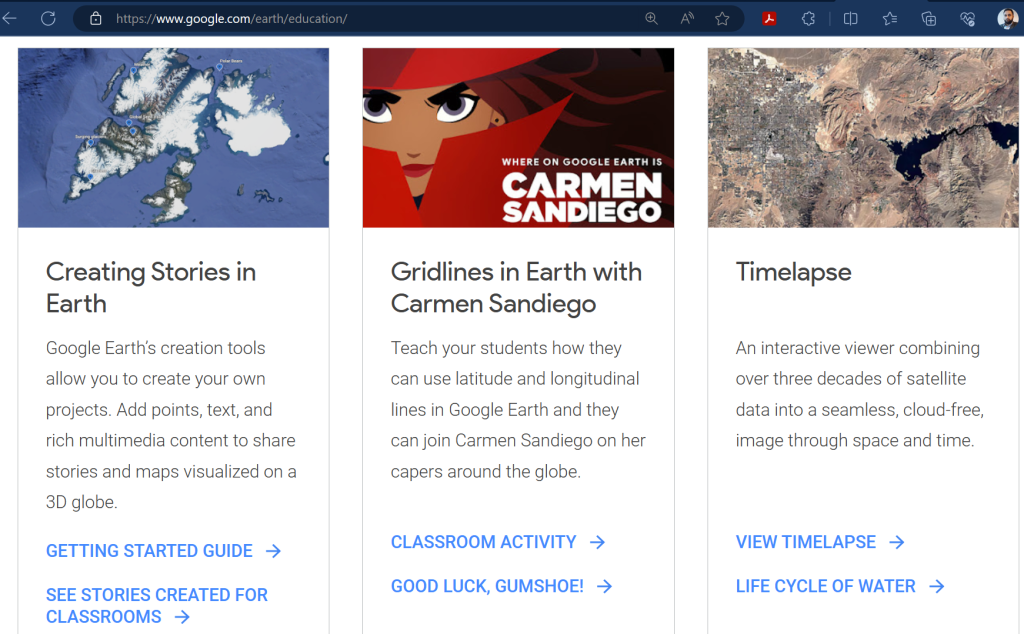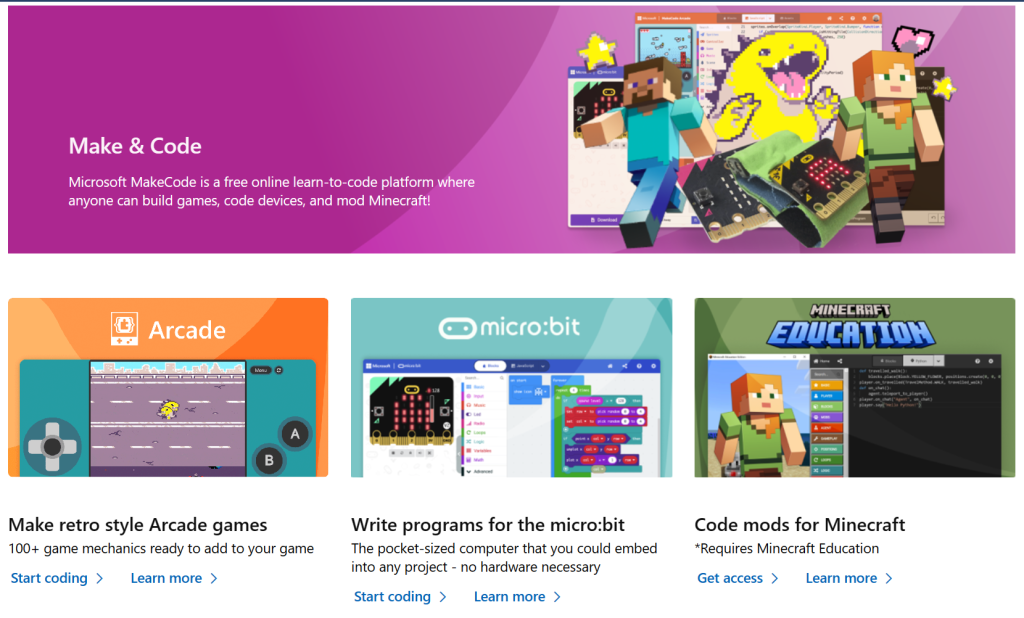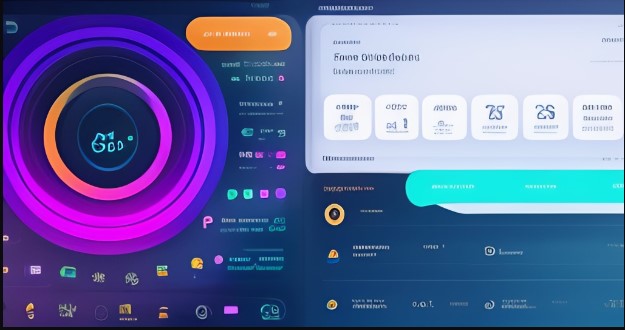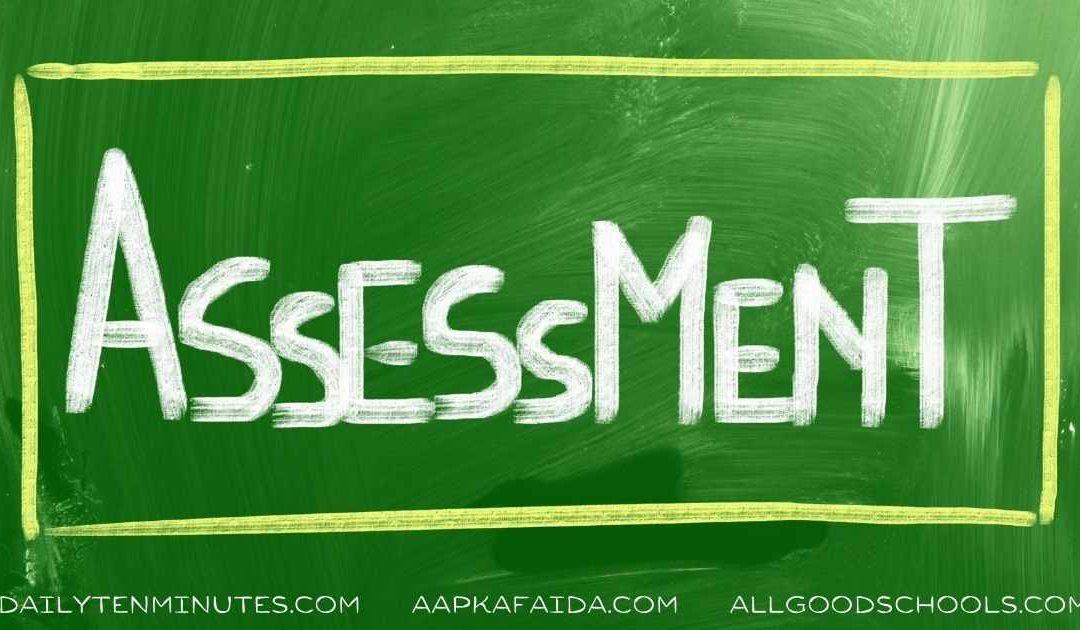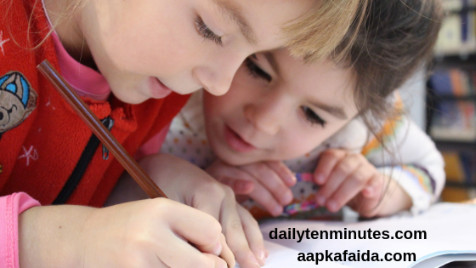Ministry of education has to play active and effective role in the below mentioned 15+ domains to bring excellence in the field of education.
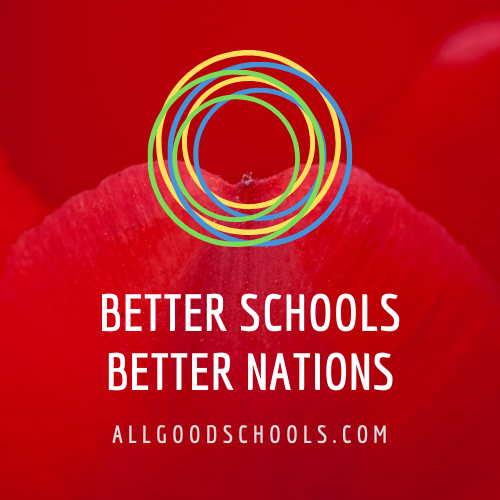
70 Plus Vital Actions for Teacher Regulatory Body
A teacher regulatory body, often known as a teacher regulatory authority or teacher licensing board, plays a crucial role in the education system by ensuring the quality, professionalism, and ethical standards of educators. Here are some reasons why it is important to have a teacher regulatory body:
Table of Contents
70 Plus Actions for Teacher Regulatory Body
Professional Standards:
- Establishing and maintaining professional standards for teachers ensures that educators possess the necessary knowledge, skills, and competencies to provide high-quality education.
- Content Knowledge:
- Teachers should possess a deep and comprehensive understanding of the subject matter they teach. This includes staying updated on the latest developments in their field.
- Pedagogical Knowledge:
- Teachers should be knowledgeable about effective teaching methods and strategies, including classroom management, lesson planning, and assessment techniques.
- Differentiated Instruction:
- Teachers should be able to adapt their instruction to meet the diverse learning needs of students, recognizing and accommodating different learning styles and abilities.
- Classroom Management:
- Teachers should create a positive and inclusive learning environment by effectively managing classroom behavior, promoting student engagement, and fostering a sense of community.
- Assessment and Feedback:
- Teachers should be skilled in assessing student learning through various methods and providing constructive feedback to support students’ academic growth.
- Professionalism and Ethics:
- Teachers are expected to adhere to a high standard of professionalism, including maintaining ethical conduct, respecting student confidentiality, and engaging in reflective practice.
- Professional Development:
- Teachers should engage in continuous professional development to stay current with educational research, new teaching methodologies, and technological advancements.
- Communication and Collaboration:
- Teachers should effectively communicate with students, parents, and colleagues. Collaboration with other educators and stakeholders contributes to a positive learning environment.
- Cultural Competence:
- Teachers should demonstrate cultural competence, understanding and valuing the diversity of their students’ backgrounds, experiences, and perspectives.
- Leadership:
- Teachers are expected to take on leadership roles within their schools or communities, contributing to the improvement of the educational system.
- Advocacy:
- Teachers may be expected to advocate for the needs of their students, schools, and the education profession as a whole.
- Technology Integration:
- Teachers should be proficient in using technology to enhance teaching and learning, staying informed about educational technology trends.
Quality Assurance and Accountability
- The teacher regulatory body sets criteria for teacher qualifications, certifications, and ongoing professional development, contributing to the overall quality of education in schools.
- A regulatory body holds teachers accountable for their actions, both in and outside the classroom. This accountability helps maintain the public’s trust in the education system.
- Teacher Certification and Licensing:
- Establish rigorous certification and licensing processes to ensure that teachers meet specific educational and professional standards before entering the profession.
- Accreditation of Teacher Education Programs:
- Accredit teacher education programs to ensure that they provide high-quality training to aspiring educators. Accreditation verifies that these programs meet established standards.
- Professional Development Opportunities:
- Provide ongoing professional development opportunities for teachers to enhance their knowledge and skills. Encourage participation in workshops, conferences, and training sessions.
- Teacher Evaluation Systems:
- Implement effective teacher evaluation systems that include classroom observations, student performance data, and self-assessment. Feedback from evaluations can guide professional growth.
- Peer Review and Collaboration:
- Encourage peer review and collaborative practices among teachers. Peer observations and feedback provide valuable insights and opportunities for improvement.
- Student Feedback:
- Collect feedback from students about their learning experiences and teachers’ effectiveness. Student perspectives can provide valuable insights into the teaching and learning process.
- Use of Assessments:
- Develop and use standardized assessments to measure student learning outcomes and identify areas for improvement. Align assessments with curriculum objectives and standards.
- Curriculum Review and Development:
- Regularly review and update the curriculum to ensure its relevance and alignment with educational standards. Foster a curriculum development process that involves input from teachers, administrators, and experts.
- Technology Integration:
- Ensure that teachers are integrating technology effectively into their teaching practices. This includes using educational technology tools that enhance learning outcomes.
- Professional Learning Communities:
- Foster professional learning communities where teachers can collaborate, share best practices, and engage in collaborative problem-solving. This encourages a culture of continuous improvement.
- Monitoring Student Progress:
- Implement systems to monitor students’ academic progress and address any learning gaps promptly. Early intervention strategies can prevent academic challenges from escalating.
- Parent and Community Involvement:
- Encourage communication and collaboration between teachers, parents, and the community. Involve parents in their child’s education and provide opportunities for community engagement.
- Research-Informed Practices:
- Encourage teachers to stay informed about educational research and evidence-based practices. Promote a culture of using research to inform teaching strategies.
- Accountability Measures:
- Establish accountability measures at the institutional and system levels. This may include periodic reviews, audits, and reporting mechanisms to ensure adherence to quality standards.
- Quality Assurance Policies:
- Develop and implement quality assurance policies at the institutional, regional, or national levels. These policies should outline expectations, standards, and mechanisms for monitoring and improvement.
- By combining these strategies, educational institutions and education policy makers can create a comprehensive approach to quality assurance, ensuring that teachers are equipped and motivated to provide top-quality education to their students. Regular reviews, feedback loops, and ongoing professional development contribute to a culture of continuous improvement in the education system
Code of Ethics:
Developing and enforcing a code of ethics for teachers promotes ethical conduct, integrity, and responsible behavior in their interactions with students, parents, and colleagues.
Licensing and Certifications
The teacher regulatory body is responsible for issuing licenses and certifications to qualified teachers. This ensures that individuals entering the teaching profession meet certain standards and requirements
Continued Professional Development
- The teacher regulatory body may mandate and oversee ongoing professional development for teachers, ensuring they stay updated with the latest teaching methodologies, technologies, and educational trends including usage of artificial intelligence
- Establish a Professional Development Program:
- Develop a structured and comprehensive professional development program that aligns with the goals and needs of both individual teachers and the school or district.
- Needs Assessment:
- Conduct a needs assessment to identify the specific areas where teachers require professional development. Consider their expertise, interests, and areas for improvement. Teaching assessment guidance to be provided to teachers so that they can find out what trainings do they need
- Individualized Learning Plans:
- Create individualized learning plans for teachers based on their professional goals, strengths, and areas for growth. Tailor CPD opportunities to meet their unique needs.
- Offer a Variety of Learning Opportunities:
- Provide a mix of learning opportunities, including workshops, conferences, online courses, webinars, collaborative learning communities, and self-paced modules.
- In-House Workshops and Training:
- Organize in-house workshops led by experts or experienced educators within the school or district. These workshops can address specific needs identified through the needs assessment.
- Collaborative Learning Communities:
- Foster collaborative learning communities where teachers can share insights, experiences, and best practices. Encourage peer-to-peer learning through collaboration and group discussions.
- Peer Observations and Feedback:
- Implement a system for peer observations and feedback. Teachers can learn from observing their peers and receiving constructive feedback on their teaching practices.
- Mentoring and Coaching Programs:
- Establish mentoring and coaching programs where experienced teachers support newer colleagues. This one-on-one support can be instrumental in professional growth.
- Encourage Pursuit of Advanced Degrees:
- Support and encourage teachers to pursue advanced degrees or certifications related to their field. Offer incentives or recognition for those who engage in further education.
- Use of Technology for Learning:
- Leverage technology for professional development. Online platforms, webinars, and virtual conferences provide accessible and flexible learning opportunities.
- Integration of Research-Informed Practices:
- Encourage teachers to incorporate research-informed practices into their teaching. Provide resources and support for staying informed about current educational research.
- Reflective Practices:
- Foster a culture of reflective practice. Encourage teachers to regularly reflect on their teaching methods, outcomes, and areas for improvement.
- Sabbaticals or Study Leave:
- Consider offering sabbaticals or study leave for teachers to engage in more extensive research or pursue in-depth professional development opportunities.
- Performance Appraisal with CPD Focus:
- Align performance appraisals with a focus on professional development. Recognize and reward teachers who actively engage in CPD and demonstrate growth.
- Partnerships with Educational Institutions:
- Establish partnerships with universities or educational institutions for ongoing professional development programs. This can bring in external expertise and resources.
- Regular Evaluation and Feedback:
- Continuously evaluate the effectiveness of professional development initiatives and gather feedback from teachers. Use this information to refine and improve future CPD programs.
- Incentives and Recognition:
- Provide incentives and recognition for teachers who actively participate in professional development. This can include awards, certificates, or opportunities for leadership roles.
- By implementing a combination of these strategies, educational institutions can create a dynamic and supportive environment for continued professional development, ensuring that teachers remain engaged, informed, and equipped with the skills needed for effective teaching
[wppsgs_slider id="21055"]Protecting Students Rights
By setting standards for teacher qualifications and conduct, the teacher regulatory body helps create a safe and conducive learning environment for students, protecting them from unqualified or unethical educators
Public Confidence
A teacher regulatory body instills confidence in the public, assuring parents, students, and communities that teachers are held to high standards and are continuously monitored for professionalism
Handling Complaints
- The teacher regulatory body serves as a mechanism for handling complaints and disciplinary actions against teachers, addressing issues of misconduct, negligence, or other breaches of professional standards.
- Establish Clear Policies and Procedures:
- Develop clear and comprehensive policies and procedures outlining how the TRA will handle complaints. These should be accessible to the public, teachers, and other stakeholders.
- Define Grounds for Complaints:
- Clearly define the grounds for filing a complaint. This may include professional misconduct, unethical behavior, neglect of duty, or any action that violates the code of conduct.
- Create a Complaint Form:
- Develop a standardized complaint form that individuals can use to submit their complaints. This form should gather essential information about the incident and the individuals involved.
- Anonymous Reporting Option:
- Consider providing an option for complainants to submit complaints anonymously, ensuring that individuals feel safe reporting concerns without fear of retaliation.
- Centralized Complaint Submission:
- Establish a centralized system for receiving and processing complaints. This could be an online portal, dedicated email address, or a physical office where complaints can be submitted.
- Initial Review:
- Conduct an initial review of the complaint to determine its validity and whether it falls within the TRA’s jurisdiction. Some complaints may be dismissed if they are frivolous or fall outside the teacher regulatory body’s mandate.
- Notification to the Teacher:
- Notify the teacher involved in the complaint promptly. Provide them with a copy of the complaint and an opportunity to respond to the allegations within a specified timeframe.
- Gathering Evidence:
- Collect relevant evidence, including statements from witnesses, documents, and any other information that can help assess the validity of the complaint.
- Impartial Investigation:
- If necessary, appoint an impartial investigator or investigative committee to conduct a thorough and unbiased investigation into the allegations. The investigator should have the necessary expertise and independence.
- Interviews and Hearings:
- Conduct interviews with both the complainant and the teacher. If the complaint merits a hearing, ensure a fair and transparent process with the opportunity for both parties to present their case.
- Legal Counsel:
- Provide legal counsel or guidance to both the complainant and the teacher, ensuring a fair and legal process throughout the investigation and any subsequent hearings.
- Decision and Sanctions:
- Based on the findings of the investigation or hearing, make a decision regarding the complaint. If the teacher is found to be at fault, impose appropriate sanctions, which may include warnings, retraining, suspension, or revocation of teaching credentials.
- Appeals Process:
- Establish an appeals process that allows both the complainant and the teacher to challenge the decision if they believe it is unjust. Ensure that the appeals process is fair and independent.
- Public Reporting:
- In cases where the teacher is found to be in violation, consider public reporting of the outcome, maintaining transparency while respecting privacy laws.
- Continuous Improvement:
- Regularly review and evaluate the complaint-handling process. Make adjustments based on feedback, changing legal requirements, or emerging best practices to ensure continuous improvement.
- Educational Measures:
- Consider implementing educational measures for teachers, such as additional training or professional development, to prevent recurrence of similar issues.
- Protection of Whistleblowers:
- Implement measures to protect whistleblowers who report complaints, ensuring that they are shielded from retaliation.
- Handling complaints against teachers requires a balanced approach that protects the rights of both the complainant and the accused teacher. Transparency, fairness, and adherence to legal procedures are paramount to maintaining public trust in the teaching profession and the teacher regulatory authority
Advocacy for the Teaching Profession
Regulatory bodies often play a role in advocating for the interests of teachers, addressing concerns, and contributing to policies that positively impact the teaching profession
Standardization
Standardizing the qualifications and certifications required for teaching helps create consistency in the education system, regardless of the location or institution
Research and Data Collection
- Regulatory bodies may collect data on teacher performance, which can be used for research purposes, policy development, and improving the overall effectiveness of education systems. Business Analytics trainings may be conducted for staff to give them more exposure.
- Student Achievement:
- Standardized Test Scores: Measure students’ performance on standardized tests to evaluate the impact of a teacher on student learning outcomes.
- Progress Over Time: Assess students’ academic progress throughout the school year or academic term.
- Classroom Observation:
- Lesson Plan Quality: Evaluate the effectiveness of teachers’ lesson plans in achieving educational objectives.
- Classroom Management: Assess teachers’ ability to maintain a positive and productive classroom environment.
- Student Engagement: Measure the level of student engagement during lessons through observations.
- Professional Development Participation:
- Attendance and Participation: Track teachers’ attendance and active participation in professional development opportunities.
- Completion of Courses or Workshops: Monitor the completion of relevant courses or workshops that contribute to professional growth.
- Feedback and Evaluation:
- Peer Reviews: Include feedback from peer reviews as an indicator of collaborative practices and professional relationships.
- Formal Evaluations: Consider outcomes of formal evaluations conducted by school administrators or educational supervisors.
- Parent and Student Surveys:
- Parental Satisfaction: Measure satisfaction levels through surveys to understand how parents perceive the teacher’s effectiveness.
- Student Feedback: Collect feedback directly from students about their learning experience and the teacher’s effectiveness.
- Professionalism and Communication:
- Communication Skills: Evaluate teachers’ communication skills with students, parents, and colleagues.
- Adherence to Code of Conduct: Assess teachers’ professionalism and adherence to the code of conduct set by the educational institution.
- Lesson Differentiation:
- Individualized Learning: Evaluate teachers’ ability to differentiate instruction to meet the diverse needs of students.
- Incorporation of Technology: Assess the integration of technology to enhance teaching and learning.
- Student Attendance and Participation:
- Attendance Rates: Monitor student attendance in classes to identify trends or issues.
- Participation Levels: Assess the level of student participation in classroom activities and discussions.
- Professional Contributions:
- Participation in School Committees: Recognize teachers involved in school committees, contributing to decision-making processes.
- Curriculum Development: Acknowledge contributions to the development or improvement of the curriculum.
- Professional Growth Plans:
- Goal Achievement: Evaluate teachers’ progress in achieving the goals outlined in their professional growth plans.
- Continuous Learning: Assess teachers’ commitment to ongoing learning and improvement.
- Classroom Environment:
- Inclusive Practices: Evaluate the inclusivity of the classroom environment, ensuring all students feel welcome and supported.
- Physical Environment: Assess the organization and visual appeal of the physical classroom space.
- Timeliness and Accountability:
- Lesson Planning and Grading: Measure the timeliness of teachers in completing lesson plans and grading assignments.
- Meeting Deadlines: Evaluate the ability to meet administrative deadlines for reports or other required tasks.
- It’s important to note that a combination of quantitative and qualitative data should be considered when assessing teacher performance. Additionally, KPIs should align with the overall goals and values of the educational institution, fostering a comprehensive and fair evaluation of teachers’ contributions to student success and the school community.
Summary:
In summary, a teacher regulatory body under the Ministry of Education Role, is instrumental in ensuring the professionalism, competence, and ethical conduct of educators. It contributes to the overall effectiveness and quality of education, helps build public trust, and creates a framework for continuous improvement within the teaching profession
Key Words
- Teacher Regulatory Authority
- Teacher Licensing Board
- Teacher Certification Body
- Education Accreditation Council
- Professional Standards for Teachers
- Teaching Credentialing Agency
- Teacher Qualification Oversight
- Teacher Certification Process
- Accreditation for Educators
- Teaching Profession Regulation
- Teacher Code of Conduct
- Teacher Professional Development Standards
- Educational Oversight Organization
- Teaching License Verification
- Accredited Teacher Training Programs
- Professional Ethics for Teachers
- Teacher Accountability Measures
- Teacher Competency Assessment
- Teacher License Renewal
- Continuous Professional Development for Teachers
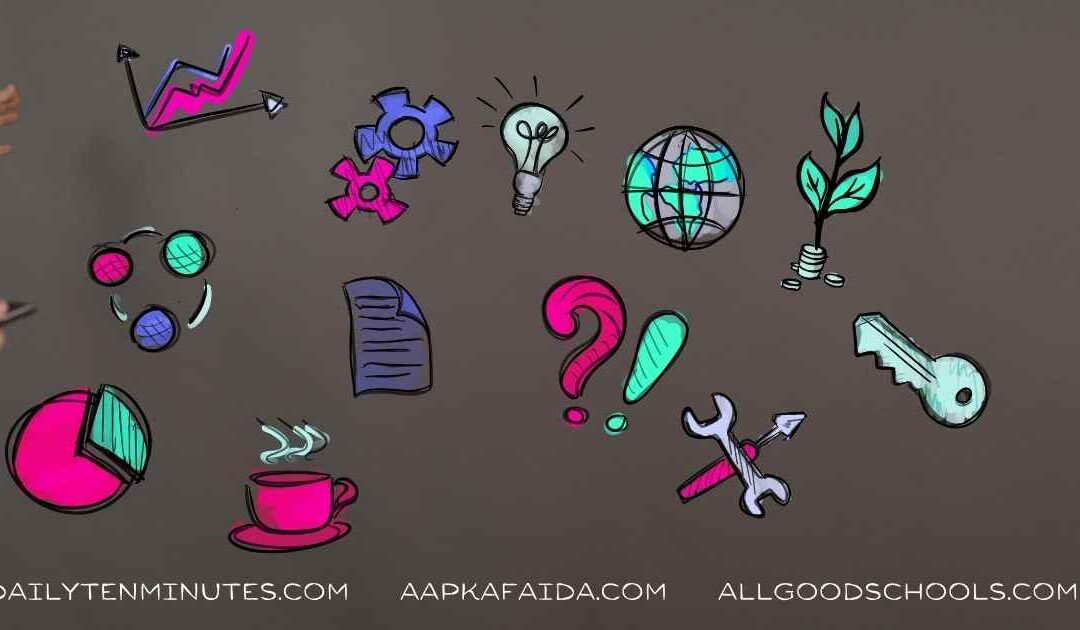
16 Important Roles of Ministry of Education

How To Achieve 100% Literacy Rate In Poor Countries
How to acheive 100 percent literacy rate – This article covers 12 important aspects

Should Homework Be Given To Students or completely banned? Share Your Opinion.
Home Work should be given to the students or they should be encouraged to complete their education in school

33 Qualities of a Great Teacher
signs of a great teacher
what qualities best teachers have

5 Great Resources for Dynamic STEM Teaching

10 Big Reasons why Indian Students Choose to Study Abroad

24 Critical Problems of Online Classes (and 6 advantages)

15 Individual Actions to Enhance Education in Poor Nations

How To Achieve 100% Literacy Rate In Poor Countries
















